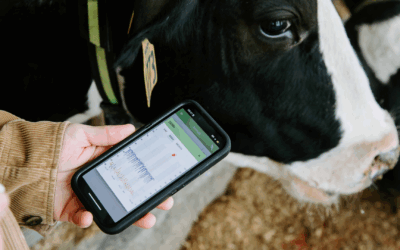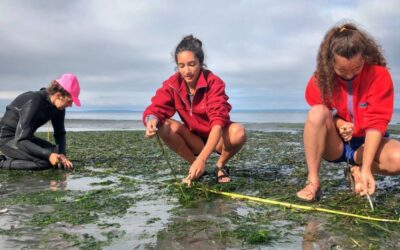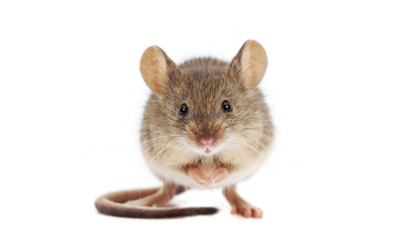Cornell has won three of 15 major grants from the Bezos Earth Fund, awarded to leverage artificial intelligence in the fight against climate change and environmental challenges.
Cornell AI News
News Category
Filter by Topic
Bezos grant to fund AI innovations to monitor and protect wildlife
A $1.8 million grant from the Bezos Earth Fund will help the Cornell Lab of Ornithology develop acoustic sensors and artificial intelligence analytics to identify real-time threats to forests from illegal activities and provide insights into ecosystem health.
‘Bottling’ human intuition for AI-led materials discovery
A Cornell researcher and collaborators have developed a machine-learning model that encapsulates and quantifies the valuable intuition of human experts in the quest to discover new quantum materials.
Cornell awarded NSF grant to build AI-ready living lab for agriculture
Cornell University has been awarded a portion of a $2 million planning initiative from the U.S. National Science Foundation to establish AI4Ag, a national testbed for artificial intelligence in agriculture.
Empire AI: Cornell call for compute resource proposals
Empire AI is now soliciting proposals from Cornell faculty and researchers to use the extended “Alpha” machine with 144 H100 GPUs, as well as the new “Beta” machine that is expected to come online in December.
AI models makes precise copies of cuneiform characters
Deciphering some people’s writing can be a major challenge – especially when that writing is cuneiform characters imprinted into 3,000-year-old tablets. Now, Middle East scholars can use artificial intelligence (AI) to identify and copy over cuneiform characters from photos of tablets, letting them read complicated scripts with ease.
Marine herbivores chomp eelgrass, making it susceptible to wasting
In two new papers, Cornell plant-herbivore experts and researchers from the Cornell Institute for Computational Sustainability joined forces to show the significant impacts of herbivores like sea snails on the spread of seagrass wasting disease. Grazing by small herbivores was associated with a 29% increase in the prevalence of disease, which contributes to huge losses in meadow areas from San Diego to Alaska.
Mice use their tongues to ‘see’ tactile targets
Cornell scientists have identified the neural pathway mice use to direct the tongue to tactile targets: the superior colliculus, the same brain region that primates – including humans – use to direct their gaze to visual targets. It’s likely that humans use the same neural pathways for touch-guided tongue control.








